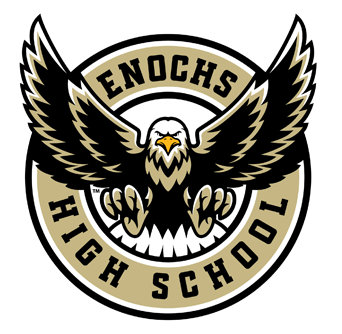Information Support and Services
Software and Systems Development
Games and Simulation
Honors Data Science 1-2

In this course, students will learn to understand, ask questions, and represent data through project-based units. The units will give students opportunities to be data explorers through active engagement, developing their understanding of data analysis, sampling, correlation/causation, bias and uncertainty, modeling with data, making and evaluating data-based arguments, and the importance of data in society. At the end of the course, students will have a portfolio of their data science work to showcase their newly developed knowledge and understanding. The curriculum will be adaptable so that teachers can either use the data sets provided or bring in data sets most relevant to their own students. This data science course will provide students with opportunities to understand the data science process of asking questions, gathering and organizing data, modeling, analyzing and synthesizing, and communicating. Students will work through this process in a variety of contexts. Students learn through making sense of complex problems, then through an iterative process of formulation and reformulation coming to a reasoned argument for the choices they will make. All of the Standards of Mathematical Practice (SMP) will be addressed in this course.
This course is dependent upon the use and application of a variety of technologies. The appropriate and strategic use of these tools will be demonstrated and required throughout the course. The tools required will include CODAP (https://codap.concord.org/) for analyzing and visualizing data, Google Sheets for analyzing and visualizing large amounts of data (on the order of hundreds of data points), the Google Data Commons API (a website wherein students will gather, sort, visualize, and export country data that is freely available to the public, https://www.datacommons.org/), Tableau for analyzing data and creating visuals, and Python through Google Collaboratory, as students learn to use coding with larger data sets. Each tool required is widely accessible and web-based, downloading apps and software are not necessary for the use of this course.
This course has several opportunities for students to develop their explanatory writing skills across multiple platforms. Communication at every stage of the data science process is key in making sense of a context, its data, interpretation, and story. Students will revise and refine their writing using self, peer, and teacher feedback.
Units

Data Tells a Story
The Data of Our Community: Learning from Data Distributions
Water in Your Life: Bivariate Data and Causality vs. Spurious Correlation
Shuffling Songs: Probabilistic Modeling
Skin Tones and Representation: Categorical Data and Introduction to Linear Algebra
What’s the Best Place for Me?: Modeling with Data and Understanding Bias
Predicting My Preferences: Introduction to Machine Learning
Being a Data Scientist
Course Information
COURSE NUMBER: CTE1021001 (S1) CTE1021002 (S2)
RECOMMENDED GRADE LEVEL: 10 - 11
DURATION: 2 semesters (may be repeated for credit)
CREDIT: 5 units per semester
MEETS UC AND CSU ENTRANCE REQUIREMENTS: Yes; “c”
Career Preparation
Data Scientist, Data Analyst, Data Engineer, Business Analyst, Marketing Analyst, Data Architect, Data and Analytics Manager, Business Intelligence Analyst, Data Mining Specialist, Statistician, Machine Learning Engineer, Database Administrator, Database Developer
Articulation

This course is pending articulation with Modesto Junior College. Once approved, students that complete this course with a grade of "B" or higher will receive 3 units of CSU transferrable college credit in CSCI 232: Database Server Administration.
SSD Pathway
This course is a part of Enochs’s Software & Systems Development pathway. Click here for more information on our pathway and the courses we offer.
